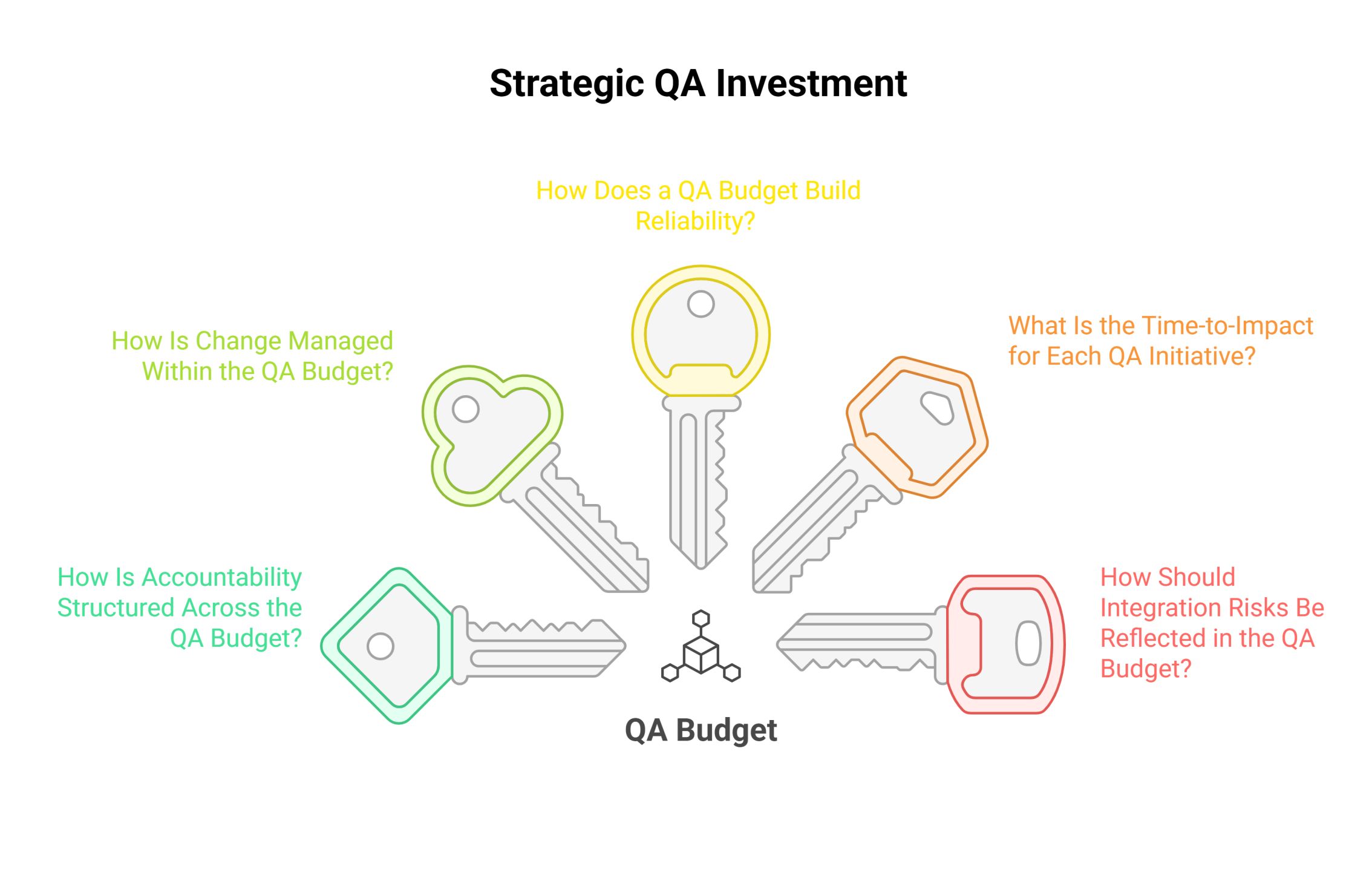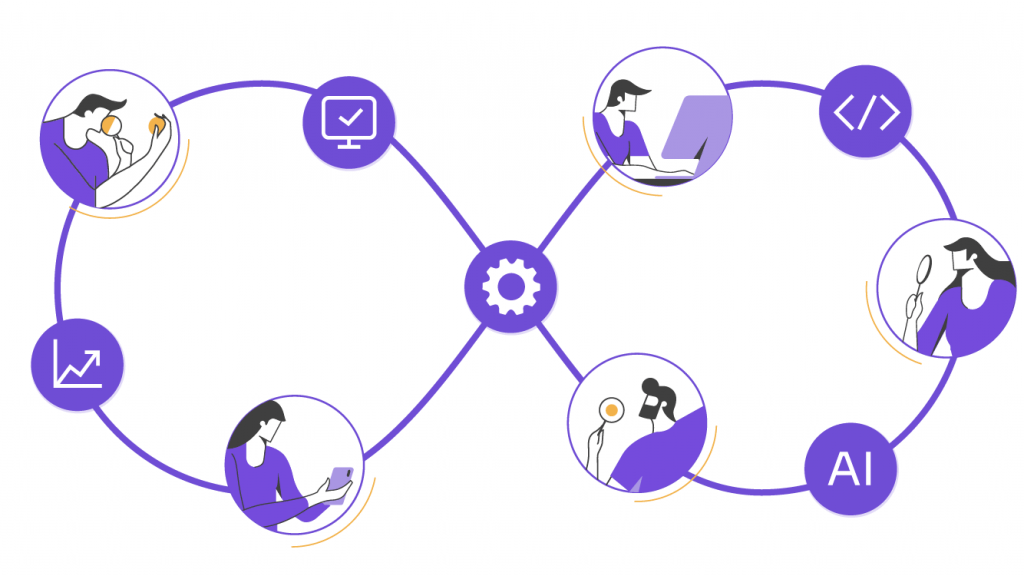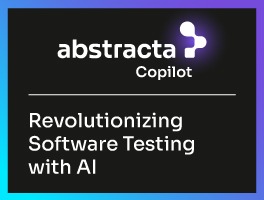Evaluate your QA budget through reliability, integration control, and AI governance—linking every investment to measurable business stability.


Most QA budgets fail where they should succeed—at the executive table. This is because they describe activity, not accountability. Most end up being treated as cost centers rather than control systems. Test volume, headcount, and tooling are easy to defend because they show effort. But preventing failures, on the other hand, creates no visible evidence of protection.
For VPs in finance, e-commerce, and healthcare, the real outcome of software testing is the value preserved. Every dollar allocated to QA should represent money protected, not spent. Yet beyond financial protection, quality is the mechanism that sustains reliability, reinforces trust, and strengthens the organization’s ability to adapt under pressure. The right question shouldn’t be “How much testing?” but “What losses are we preventing, and how reliably?”
Modern quality assurance has moved beyond defect detection to become a system of reliability governance. It now includes AI-enabled systems that learn, adapt, and fail differently—amplifying both opportunity and exposure. These systems demand budgets built around measurable confidence, integration resilience, and governance of intelligent behavior.
Abstracta partners with financial, healthcare, and ecommerce leaders to turn QA from an operational checkpoint into a driver of strategic clarity. Schedule an executive diagnostic to identify where confidence and ROI can grow fastest.
Five Strategic Questions to Guide Your QA Investment


Quality now operates as a strategic discipline—integrating technology, governance, and measurement. The following five questions help executives evaluate QA investments through that lens.
1. How Does a QA Budget Build Reliability?
Every QA budget is, in essence, a plan to reduce uncertainty. Yet few proposals make that link explicit. Executives approve test automation, tooling, and validation, expecting fewer disruptions, but what matters is whether those actions create a predictable reliability curve.
A sound budget specifies where uncertainty lies, whether in integration, data accuracy, or algorithmic behavior, and defines how investment will reduce it. For example, a financial platform may target a 40% cut in reconciliation discrepancies; a healthcare system, fewer diagnostic variances under data drift; an e-commerce site, consistent conversion during peak traffic.
At Abstracta, we evaluate reliability through evidence loops that integrate both traditional and AI-era indicators. These include three key metrics: defect escape rate (DER), mean time to recovery (MTTR), and, in AI-enabled systems, model drift indicators (MDI).
- DER: Measures how many defects reach production after testing.
- MTTR Indicates how quickly systems recover from incidents.
- MDI: Detect shifts in AI model behavior that can affect accuracy or compliance over time.
A QA budget proves its value when it turns operational risk into measurable stability that supports the business over time.
2. What Is the Time-to-Impact for Each QA Initiative?
Budgets that fail to demonstrate timely impact risk losing executive sponsorship. In quality assurance, time-to-impact defines whether an investment improves reliability fast enough to sustain confidence in the broader plan.
Each initiative should specify:
- Verification timeframe: 30, 60, or 90 days to demonstrate reliability or risk-reduction results.
- Expected indicator: For example, fewer audit exceptions, shorter recovery time, or steadier conversion rates.
- Organizational relevance: How the improvement supports commitments already visible to customers, regulators, or partners.
Clear time-to-impact targets help executives pace decisions, sustain delivery confidence, and synchronize QA investment with business exposure.
3. How Should Integration Risks Be Reflected in the QA Budget?
Integration remains the most underestimated source of instability in enterprise systems. Most incidents occur between connected components—data transfers, APIs, or algorithms—that evolve faster than their validation coverage. As AI-driven services learn and adapt, these boundaries become fluid, turning technical drift into financial exposure.
Integration assurance should be treated as a measurable cost of reliability. Each initiative needs to outline:
- Dependency map: Critical data and process connections that influence uptime, compliance, or transaction accuracy.
- Failure impact: Expected operational or financial loss if synchronization breaks.
- Monitoring scope: How the organization will track version changes, model behavior, and data consistency over time.
Allocating explicit coverage to integration assurance avoids fragmented responsibility and late-stage remediation costs. It turns invisible dependencies into managed risk, directly linking QA investment to business continuity.
4. How Is Accountability Structured Across the QA Budget?
Budgets collapse when responsibility for quality is dispersed across teams without a defined chain of accountability. A QA plan must specify who maintains test assets, who interprets results, and who acts on them.
Executives reviewing the QA budget should see:
- Governance model: How QA, Dev, and Data Science align under a unified reliability framework.
- Operational roles: Clear responsibility for test maintenance, incident response, and model validation.
- Escalation path: How quality signals move from detection to resolution within planned response times.
In AI-driven systems, accountability extends to model behavior, retraining, and data quality oversight. Mapping these responsibilities prevents overlap and aligns budget lines with measurable outcomes.
5. How Is Change Managed Within the QA Budget?
The most underestimated cost in QA programs is human adaptation. Automation, AI integration, and continuous testing require new skills, cross-functional habits, and incentive realignment. When this is left unfunded, teams revert to legacy behaviors, and the return on previous investments declines.
A complete QA budget should include:
- Adoption activities: Enablement sessions, peer reviews, and internal documentation to consolidate new practices.
- Change pacing: A defined sequence for integrating automation and AI into existing delivery models.
- Capability tracking: How training outcomes and skill readiness will be measured over time.
Adoption planning covers the human side of AI integration—how teams learn, govern, and sustain the systems they build. It connects technology evolution with organizational readiness and defines how innovation becomes operational discipline.
At Abstracta, we help enterprise teams manage this transition through tailored enablement programs, custom AI-driven agents, QA testing tools, and continuous QA advisory. Let’s talk.
Closing Message
Approving a QA budget is, at its core, a decision about how much volatility the business is prepared to manage. The process defines not only where the money goes but how reliability will be tracked and protected as systems and models evolve.
In finance, healthcare, and e-commerce, stability depends less on testing volume than on the integrity of data, the continuity of processes, and the governance of automation.
When leaders read QA proposals through this lens, strategic QA budgeting starts functioning as a true instrument of control—preserving confidence, continuity, and trust over time.
If you are looking to connect your QA budget with measurable business outcomes, check our quality solutions and services. We integrate AI validation, automation testing, and continuous monitoring to align reliability with measurable business outcomes.
FAQs about QA Budget


What Are QA Costs?
QA costs combine prevention costs, internal failure costs, and external failure costs within quality assurance processes. They help companies identify potential risks, allocate resources effectively, and align the QA budget with business goals and measurable value.
What Does QA Stand For?
QA stands for quality assurance, the essential management discipline enabling testing accuracy, process reliability, and software performance. QA engineers and QA teams achieve efficiency through collaboration, training, and informed decisions that protect product quality and customer satisfaction.
What Are the 4 Types of Budget?
The four types of budget in quality assurance include prevention, appraisal, internal failure, and external failure costs. Each supports project planning, resource optimization, and strong decision-making guidelines for sustainable testing process efficiency.
What Are Key Considerations for QA Budget Allocation?
Key considerations for QA budget allocation include automation maturity, ownership, and strategic decision-making. Executives assess potential risks, industry standards, and business priorities to boost efficiency and consistent testing quality across every organization and project.
What Are the Main Factors That Affect QA Investments?
QA investments depend on company maturity, stakeholder engagement, and QA engineers’ capability. Factors such as process design, data integrity, and management services influence testing outcomes, risk mitigation, and productivity improvement across diverse industries.
How Can Companies Increase Investment in Automation Testing?
Companies can increase investment in automation testing by presenting a strong case supported by measurable ROI. Example-driven insights, accessible tools, and automation coverage across test cases, app testing, and test execution strengthen stakeholder confidence and support leadership priorities.
How Can We Measure ROI in Quality Assurance?
ROI in quality assurance is measured by tracking defects, maintenance trends, and prevention efficiency. Reliable data, clear measurement plans, and defined guidelines connect costs, investment returns, and overall quality performance, leading to evidence-based strategic conclusions.
What Are the Benefits of AI in QA Strategy?
AI in QA strategy enhances test automation accuracy, accelerates app testing, and generates actionable insights. Widespread adoption improves productivity, reduces testing challenges, and delivers business value while relying solely on verified data for quality assurance excellence.
How Can QA Improve Customer Satisfaction?
QA improves customer satisfaction by minimizing errors, preventing defects, and achieving consistent product quality. Trained testers, efficient tools, and accessible software testing services maintain reliability, reduce bug fixes, and enhance user experience across mobile apps.
Why Is QA Budget Approval a Strategic Decision?
QA budget approval is a strategic decision that aligns focus, management, and governance with organization-wide goals. In modern companies, approving a QA budget is non-negotiable to achieve long-term efficiency, risk reduction, and measurable success.
How We Can Help You


With nearly 2 decades of experience and a global presence, Abstracta is a leading technology solutions company with offices in the United States, Chile, Colombia, and Uruguay. We specialize in AI-driven innovations & copilots and end-to-end software testing services.
We believe that actively bonding ties propels us further. That’s why we’ve forged robust partnerships with industry leaders like Microsoft, Datadog, Tricentis, Perforce BlazeMeter, Saucelabs, and PractiTest, empowering us to incorporate cutting-edge technologies. technologies.
Testing Maturity Model
Our software testing maturity model is a comprehensive framework that helps teams improve the quality of their software testing efforts, including all types of software testing. This model emphasizes the importance of testing early, a well-constructed test environment, and the use of reliable testing tools to meet the needs of users and stakeholders.
Processes, Technology, and People
Effective processes and tools are crucial, but they must also align with the skills and capabilities of your team members. Our approach allows us to create a well-rounded, adaptable test plan that fosters active participation and effectively meets test deliverables.
Visit our Test Strategy Services page and contact us to grow your business!


Follow us on Linkedin & X to be part of our community!
Recommended for You
How to Demonstrate ROI in Software Testing — Board-Ready
Co-Development Software: A Step-by-Step Guide to Smarter Outcomes


Sofía Palamarchuk, Co-CEO at Abstracta
Related Posts
5 Reasons Why You Can’t Miss TestingUY 2019
Don’t skip South America’s premier event for all things software testing: TestingUY 2019 It’s that time of year again. The time of year when many “Abstracteros” prepare their talk and workshop proposals for the testing conference we’re sponsoring that’s also in our own backyard, TestingUY 2019. I…
Model-Based Testing Using State Machines
What is a state machine and how can you use one to improve your testing strategy? When testing software systems, it’s very important to build a mental model of what you understand about the expected behavior, the interactions between the user and the SUT (system…
Search
Contents
Categories
- Acceptance testing
- Accessibility Testing
- AI
- API Testing
- Development
- DevOps
- Fintech
- Functional Software Testing
- Healthtech
- Mobile Testing
- Observability Testing
- Partners
- Performance Testing
- Press
- Security Testing
- Software Quality
- Software Testing
- Test Automation
- Testing Strategy
- Testing Tools
- Work Culture





